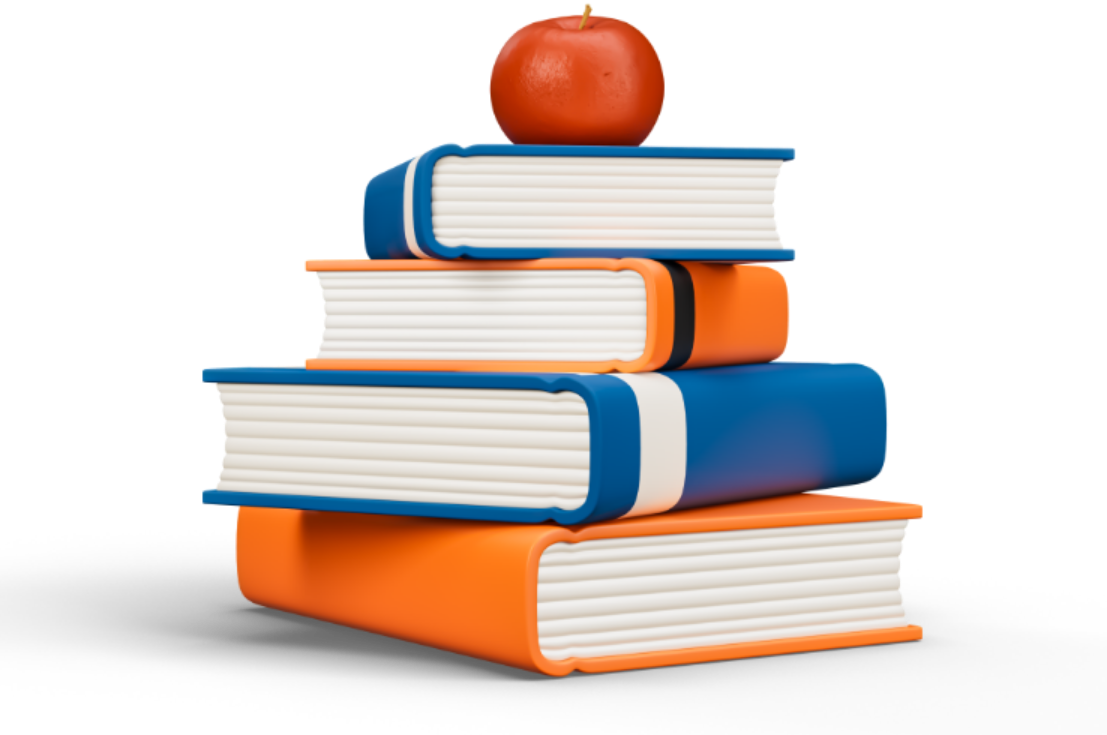In our fast-paced, information-centered world, reading is a powerful tool. We read to find information and comprehend complex material. Developing good reading and information processing skills is essential for lifelong learning. Whether for work or for pleasure, people will use these skills for the rest of their lives.
Middle schoolers need a variety of ways to navigate and organize the information at their literal fingertips. Many students in this age group rely on videos and images to get information. They need good critical thinking skills to find out whether something is true or makes actual sense. Reading helps develop these skills and more.
Reading increases thinking skills. It helps the mind grasp abstract concepts. Middle schoolers are still learning decision-making skills. Reading can help middle schoolers understand cause and effect, which is very important.

Encouraging reading in middle school students offers many benefits. These can positively affect their academic, emotional, and social development. In this article, we explore the top five benefits of encouraging reading in middle school students.
#1 Reading Enhances Language and Communication Skills
Your vocabulary and grammar comprehension develop along with what you read. The more you read, the better reader you become, the more varied your language becomes. Practice does indeed make improvements.
Rich reading material expands vocabulary and improves grammar by example. Readers of all ages, but particularly young readers, need to be exposed to diverse reading material. Diversity will challenge their skills and expand them. Receptive and expressive language skills both grow stronger with reading.
Writing skills also benefit from the complementary process of reading. Although they use different abilities, reading and writing go hand in hand. Proficiency in one improves the other. The same goes for speaking skills. A well-read person is often well-spoken.
Finally, reading improves comprehension skills. A reader constantly evaluates what is going on. They check to see if what they are reading makes sense. We want middle schoolers to hone this ability, to better navigate both academics and life.

The Age of Information is upon us. Being able to evaluate information coming in, process it, and use it are invaluable skills. Reading provides the framework for developing these abilities.
#2 Reading Develops Critical Thinking and Problem-Solving Skills
Through reading, students develop critical thinking and problem-solving skills. They learn via character and plot development and through their own thought processes during reading. Teaching students to not only evaluate the text but to monitor what they are thinking about the text is invaluable.
The very act of making sense of what we read encourages critical thinking and analysis. This leads to the development of problem-solving abilities. A student may ask themselves, “what would I do in this situation?” or “what could the main character have done differently?” and gain new insight. We all think Romeo and Juliet’s tragic ends could have been avoided with a little forethought and communication. How can we use this insight to improve our own lives?
Many stories present characters facing challenges and conflicts that require problem-solving. Readers can relate to these scenarios and apply the characters’ thought processes to real-life problems. By doing so, they learn valuable techniques for addressing issues effectively.
Teach students active reading methods such as note-taking, highlighting key points, and asking themselves questions about the text. These are good ways to help develop critical thinking and analysis skills.

Critical thinking is about questioning assumptions, challenging ideas, and being open to new perspectives. When students engage with the material they read, they hone their critical thinking and analysis skills. They will become more insightful and discerning readers.
#3 Reading Expands Knowledge and Cultural Awareness
American Poet Emily Dickinson said “There is no Frigate like a Book To take us Lands away.” Reading allows us to traverse the length and breadth of our world. Engaging middle schoolers in reading expands their knowledge and cultural awareness. It introduces them to different cultures and historical events that they might not have been exposed to yet.
Reading promotes cultural sensitivity and empathy on a personal, internal level. The active reader derives these qualities on their own. Rather than being fed an opinion, the student is coming up with the answer themselves.
Reading exposes participants to diverse perspectives and ideas. Each person has their own way of seeing the world and communicating it. By reading, you are directly experiencing someone else’s thought process, their view of reality. In doing so, you learn that reality is collectively experienced yet subjective. You begin to question and evaluate your own thinking. This self-reflection is a crucial skill.

Exposure to diverse characters and situations can help teens empathize. They reflect on societal issues, and develop a well-rounded perspective on the world. Young readers can develop a broader understanding of human experiences and cultures just by reading about them.
#4 Reading Boosts Imagination and Creativity
Just as mental travel broadens our horizons, reading boosts our imagination and creativity. Reading stimulates the imagination through abstract representation, such as visualization. Although not everyone visualizes the same way, we all form some abstract representation of what we read in our minds.
Middle schoolers can find inspiration for creative expression by exploring various genres and literary styles. Learning about different styles within each genre allows middle-schoolers to identify their own preferences and writing voice. Good reading material gives students a springboard from which to launch their own ideas.
Different genres, such as science fiction, fantasy, mystery, historical fiction, poetry, and non-fiction, offer distinct storytelling techniques, themes, and characterizations. By experiencing them, readers open themselves up to new ways of thinking and expressing themselves.
Middle school is the perfect time for exploring these genres and techniques. Students this age are struggling to place themselves in their world, and reading may help them with this self-identification. By providing a broad swathe of the human experience, a good reading program will give everyone something to identify with.

#5 Reading Promotes Emotional Intelligence and Empathy
Thoughtful reading helps develop empathy and emotional intelligence. Engaging with diverse characters allows readers to experience their joys, sorrows, and challenges. Readers learn to identify and empathize with a wide range of emotions, expanding their capacity to connect with others in real life.
Reading provides students with a way to encounter emotions and experiences outside their own perception. By relating with characters’ struggles and joys, readers broaden their own perspectives. Most of us haven’t been stranded on a deserted island, but by reading about it, we can form an idea of how we’d feel if we were.
This emotional identification helps us develop a better understanding of different emotions and how they influence behavior. It fosters emotional intelligence. In well-crafted stories, characters are depicted with depth and complexity, including their strengths, weaknesses, and vulnerabilities. Readers learn to recognize and empathize with the many facets of human nature. This contributes to emotional intelligence as well.
Ensuring reading programs are diverse and well-rounded is important to encouraging reading. Students need to be able to find representation in what they read. Going from there, they will broaden their perspective through reading and identify with the human condition in general.
Middle school is a time when a student’s emotional intelligence is developing rapidly. Reading diverse literature will help them try on different perspectives safely, from the confines of their reading experience. In an age of experimentation, reading will help open up new worlds and thought processes they might not otherwise encounter and help students express themselves uniquely.

Wrapping It All Up
Encouraging reading in middle school students provides them with a multitude of benefits that extend far beyond the academic realm. It nurtures their personal growth, intellectual development, and social skills, equipping them with valuable tools for success in their educational journey and beyond.
One way of encouraging reading beyond the classroom is to hold a Read-a-thon. Read-a-thons promote literacy and do not require a huge amount of time. They make reading rewarding and fun. By focusing on participation, Read-a-thons can be inclusive and community-centered.
At ReadaFun, we are dedicated to making Read-A-Thon a successful and enjoyable experience for both schools and students. Our user-friendly platform provides the tools and resources needed to streamline the fundraising process, track reading progress, and facilitate secure online donations. With ReadaFun, PTO and PTA leaders can confidently organize a profitable Read-A-Thon that inspires students, empowers literacy, and leaves their community feeling proud and fulfilled. If you are interested in running a successful Read-A-Thon this year, feel free to contact us today! We would be more than happy to guide you through the process.




